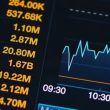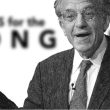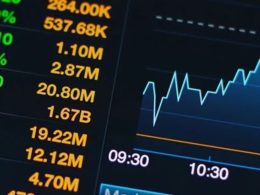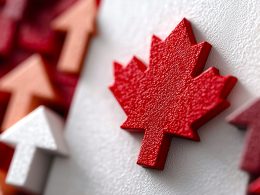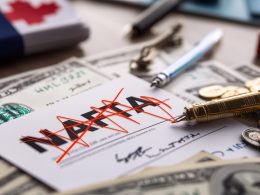by Pierre Donga-Soria, Principal, Investment Strategy - Investment Division, Russell Investments
Key Takeaways
- 3 rate cuts possible by year-end
- French bonds sell off
- Gold hits record high
On this week’s edition of Market Week in Review, Pierre Dongo-Soria, principal investment strategist for EMEA, unpacked what the latest economic data from the United States could mean for interest rate cuts. He also dug into the spike in French bond yields and the surge in gold prices.
Poised to Cut
Dongo-Soria began by noting the latest batch of U.S. economic data points to a cooling economy. “Slowing jobs growth, higher unemployment claims and inflation tracking in line with expectations reinforce the view the Federal Reserve (Fed) will lower rates next week,” he remarked.
Dongo-Soria said markets are also pricing in two additional cuts by the end of the year as the Fed tries to balance softer economic data with inflation risks. While he believes the U.S. economy will probably dodge a recession, he views an economic slowdown as increasingly likely—but without major inflation pressures. “This potential outcome is enough for the Fed to justify cutting rates going forward,” Dongo-Soria remarked.
Bailing on Bonds
Moving to Europe, Dongo-Soria noted the European Central Bank (ECB) left interest rates unchanged at 2% during its recent policy meeting. He said the decision was widely expected and reflective of President Christine Lagarde’s “wait-and-see” approach.
The bigger story this week was in France, where political gridlock and concerns over the country’s fiscal trajectory pushed government bond yields sharply higher. “On Tuesday, French bond yields briefly rose above Italian and Greek bond yields—a remarkable occurrence, given that France is seen as one of the eurozone’s most fiscally stable countries,” Dongo-Soria observed. He said the situation is an important reminder of how quickly political risk can turn into market risk.
Gold Shines
Dongo-Soria closed with a look at gold prices, which surged to all-time highs this week. He noted the safe-haven asset has outperformed most global investments—including stocks and Bitcoin—year-to-date.
Dongo-Soria said the current gold rally is different from other recent ones due to the types of buyers. “In the past few years, gold demand came mostly from emerging-market central banks looking to diversify away from the U.S. dollar. This rally looks broader, with Western investors now piling in,” he said. Dongo-Soria explained that rising geopolitical tensions and questions around central-bank independence have undermined confidence in government-issued currencies.
Copyright © Russell Investments


